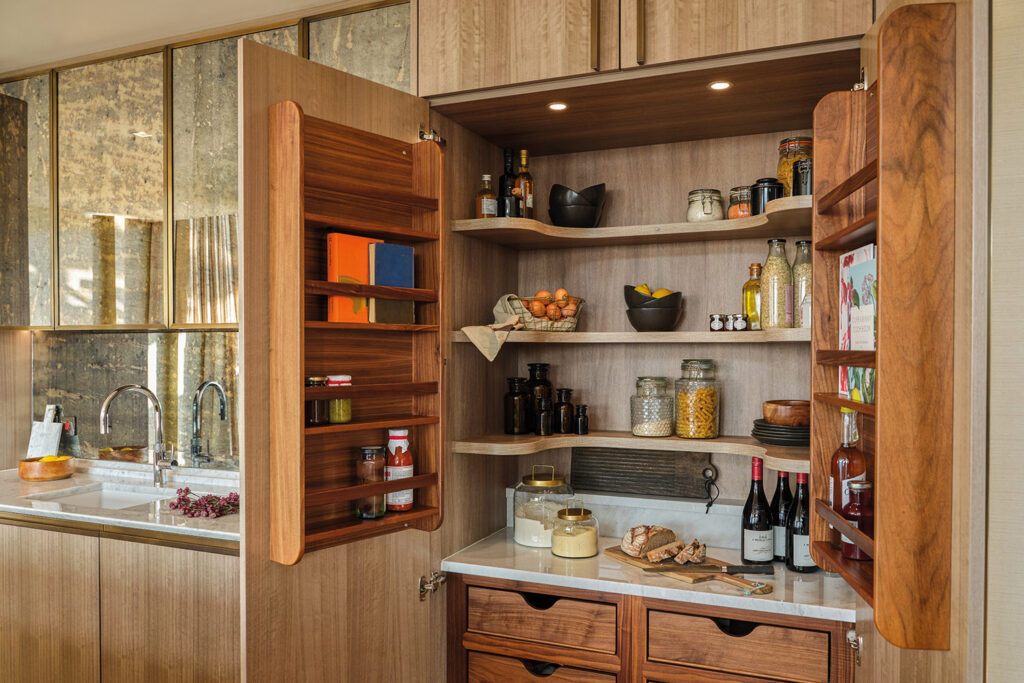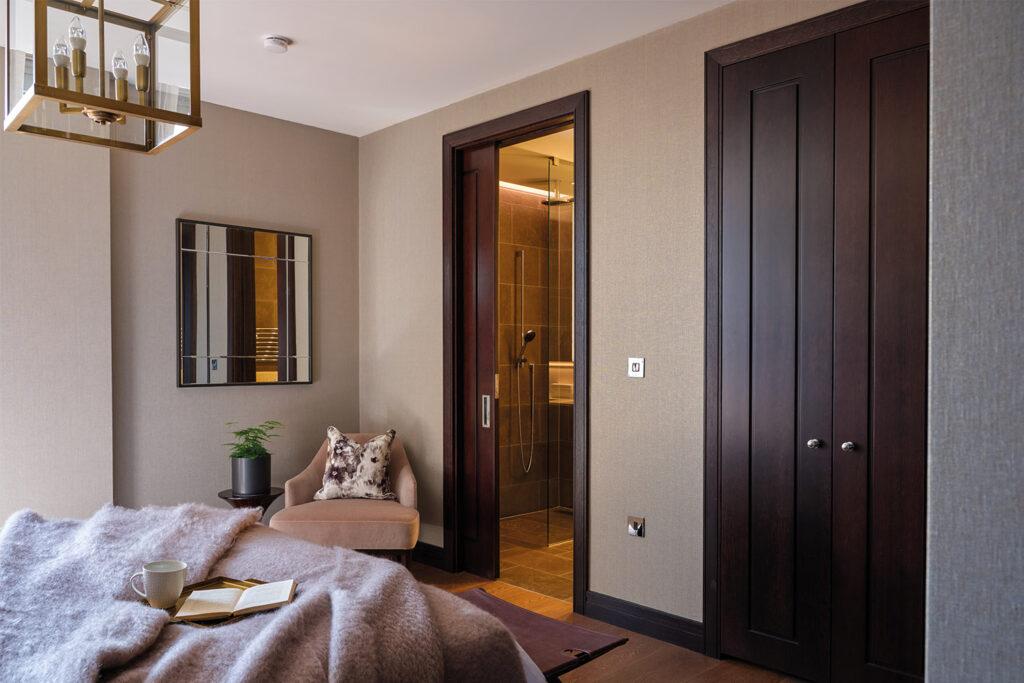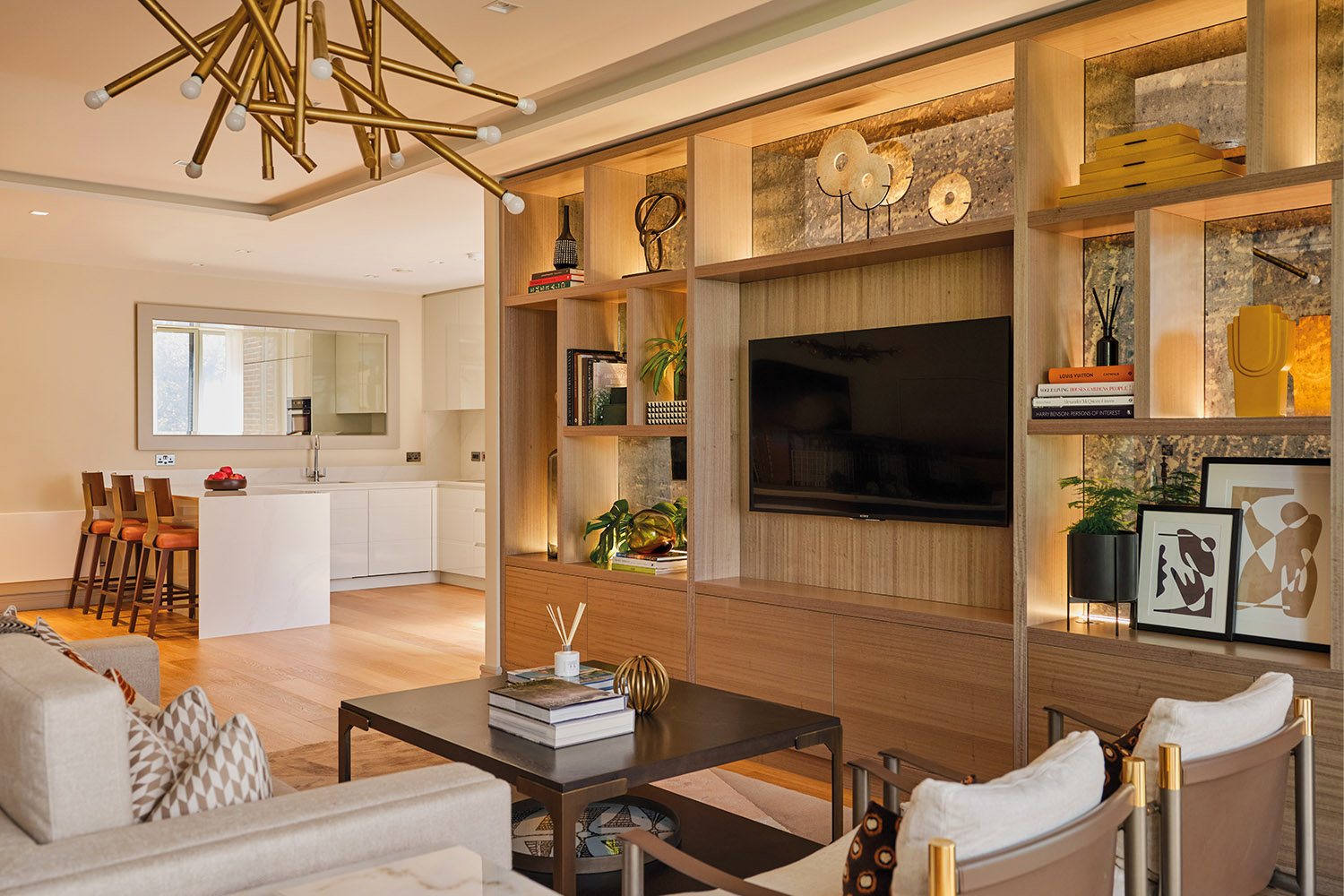The beginning of any conversation about design tends to revolve around aesthetics. We are visual creatures and our minds go quickly to shape, size, colour, contrast, symmetry, proportion, pattern, decoration and alignment. The aesthetics of an indoor space – even rooms that have a strong practical function such as kitchens – are one of the principal considerations in any design project.
However, when it comes to making a space feel inviting, beauty is not everything. There are hundreds of adages and aphorisms in everyday use around the world to support this theory. “What is good is not necessarily beautiful,” is how the Japanese put it. “What you love is always beautiful,” say the French.
The latter expression is perhaps the most compelling piece of advice we can offer on the subject of designing your dream home. This is after all an artistic endeavour; you must consider what you want this house, this room, this space, to say about you. You must take the time to decide how you want it to make you feel. This is an act of curation and your design choices, everything you look at, should ultimately make you happy.

This does not require a choice between the practical and the pretty. It is not an either/or. Good design can comfortably embrace both form and function, cleverly harnessing both elements so that they complement one another and deliver the best of both, in a way that allows your original vision to shine through just as you intended.
When it comes to striking a balance between aesthetic appeal and practical function, the foundation of any design project is a vision and a plan. Let’s look at two distinct rooms that have two very different purposes.
Living for the moment
The living room is the decorative centrepiece of the home. It’s where you entertain guests so naturally you want this space to look as beautiful as possible. However, it’s also a hub where families spend a lot of time together – reading, watching TV, playing games – and so your living room must be planned with real life in mind.

‘Living’ means different things to different clients. We tease this out when discussing the elements that will work best together. Lifestyle and family circumstances definitely play a part in determining which colours will suit, for example; which fabrics; how much space is required; how many places are typically needed to seat people.
Other choices revolve around lighting, where natural light in tandem with high, low and overhead lamps can help make the most of the furniture layout. After the couch, a strong, timeless coffee table can become a focal point of the room from where the full design spectrum can be appreciated.
Hearth and home
Then there’s the true heart of any home – the kitchen. Custom, hand-crafted kitchens are what we are best known for, and we take exceptional pride in the way our team fuses traditional Irish joinery techniques with dynamic, contemporary design innovation.
There is so much going on in any kitchen. It is the nurturing nerve centre that everyone is drawn to; a place of sensual delights and memory triggers shared and swapped among the generations. The kitchen is also, needless to say, a place of work. More so than perhaps any other room, designing your perfect kitchen requires an innate balance of form and function.
Here, we are firm believers in the concept of working ‘triangles’ or zones that represent the main traffic flow within a kitchen. By designing the kitchen area with these zones in mind, you create free rotational movement between the areas where all key tasks are carried out – the refrigerator for taking and returning items, the sink for peeling, chopping and rinsing, the stove or range for cooking.
In theory, your working triangle should be neither too big nor too small – say around 5-6 feet for each leg – with nothing blocking the flow from one to the next. In practice, your triangle can be manipulated into whatever shape that suits your needs! That is one of the beauties of true custom design. A kitchen island, for example, offers both practical and pleasurable aspects.
Other issues to consider include storage, where innumerable ingenious options can be supplemented by a pantry. Waste disposal is a consideration, with increasing demands to sort and separate different household waste streams, while a growing number of clients are exploring the option of multiple fixtures and appliances (sinks and dishwashers, for instance).
What is your design project? What choices are you grappling with? If you want to explore how your home can benefit from a balance of pretty and practical, our design team would be thrilled to talk to you.

